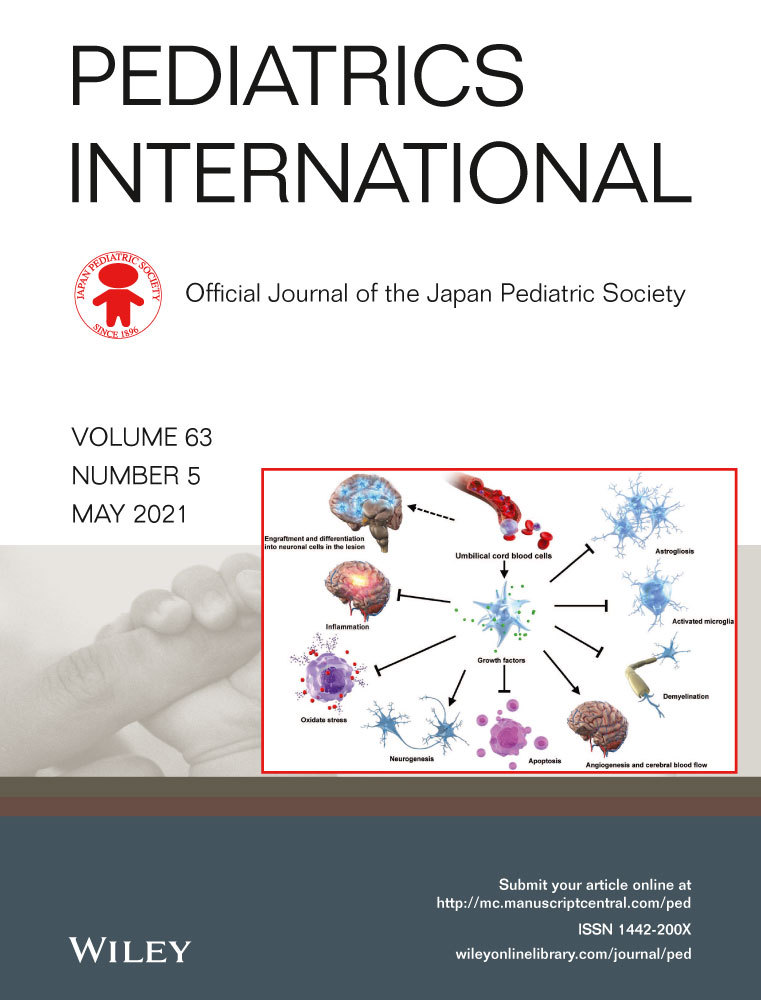A novel STAT3 mutation associated with hyper immunoglobulin E syndrome with a paucity of connective tissue signs
Abstract
Background
A heterozygous mutation of STAT3 causes autosomal dominant hyper immunoglobulin E (IgE) syndrome; however, there are still many unclear points regarding the clinical spectrum of this syndrome.
Methods
In addition to a clinical description of patients in terms of pedigree, a genetic analysis, quantitation of peripheral blood Th17 and ex vivo IL-17 production were carried out.
Results
The proband, a 2-year-old boy (Patient 1) with early onset atopic dermatitis-like eczema and recurrent bacterial infections, was suspected of autosomal dominant hyper immunoglobulin E syndrome on the basis of his symptoms and family history. His mother (Patient 2) also had skin eczema and recurrent bacterial infections, and his sister (Patient 3) had skin eczema. A novel STAT3 mutation (p.S476F) was detected in all three patients, but not in the father, who had no such symptoms. A significant decrease in peripheral blood Th17 subsets and IL-17 production was found in all the patients. Curiously, all three patients carrying the p.S476F mutation in STAT3 lacked connective tissue signs such as distinctive facial features, retention of primary teeth, and joint hyperextensibility.
Conclusions
Autosomal dominant hyper IgE syndrome should, perhaps, be considered even if patients lack connective tissue signs, as long as hypersensitivity to infection and skin manifestations with hyper IgE are present.
Disclosure
The authors declare no conflicts of interest.




